Inside the Science Museum's new interactive Wonderlab gallery
London architects Muf have transformed a 25,000sq ft space into an immersive experience that appeals to kids
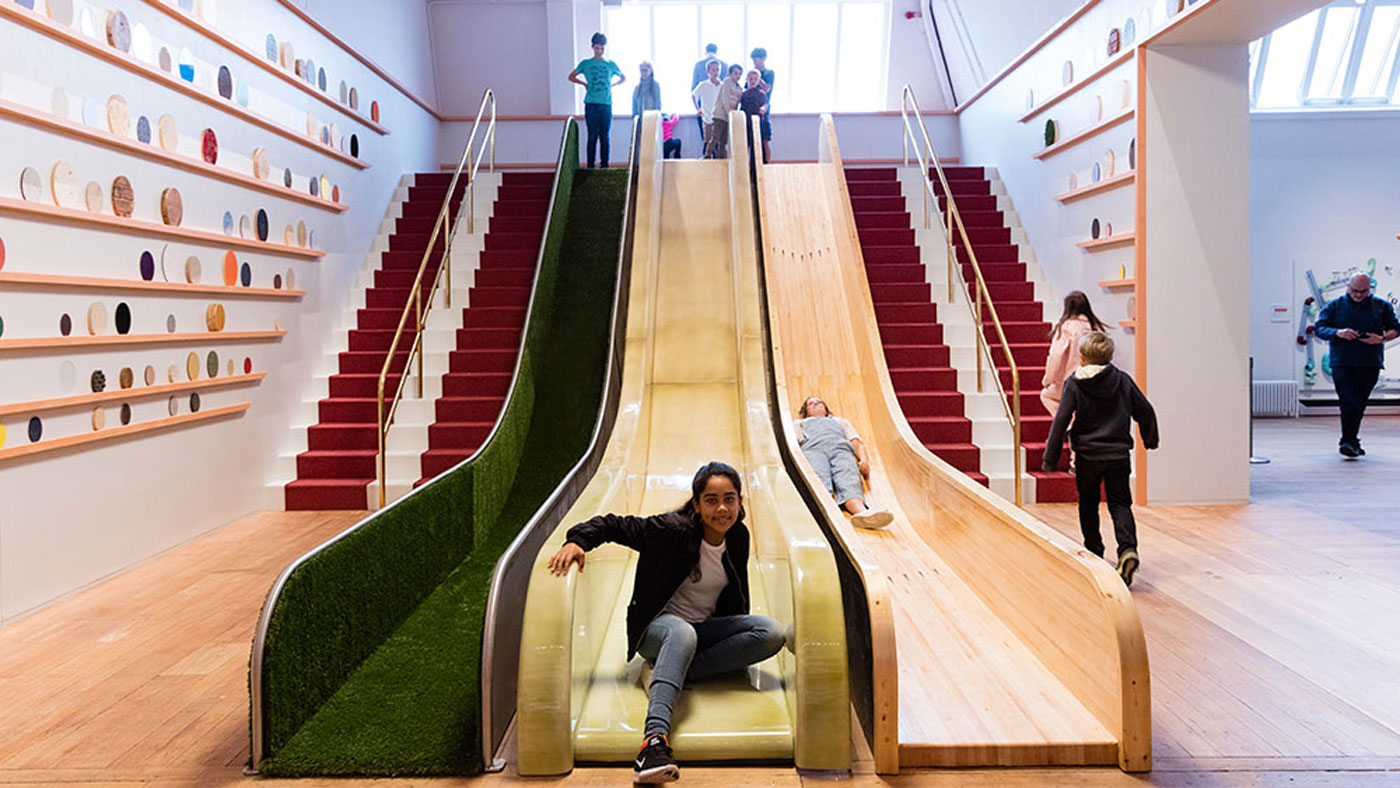
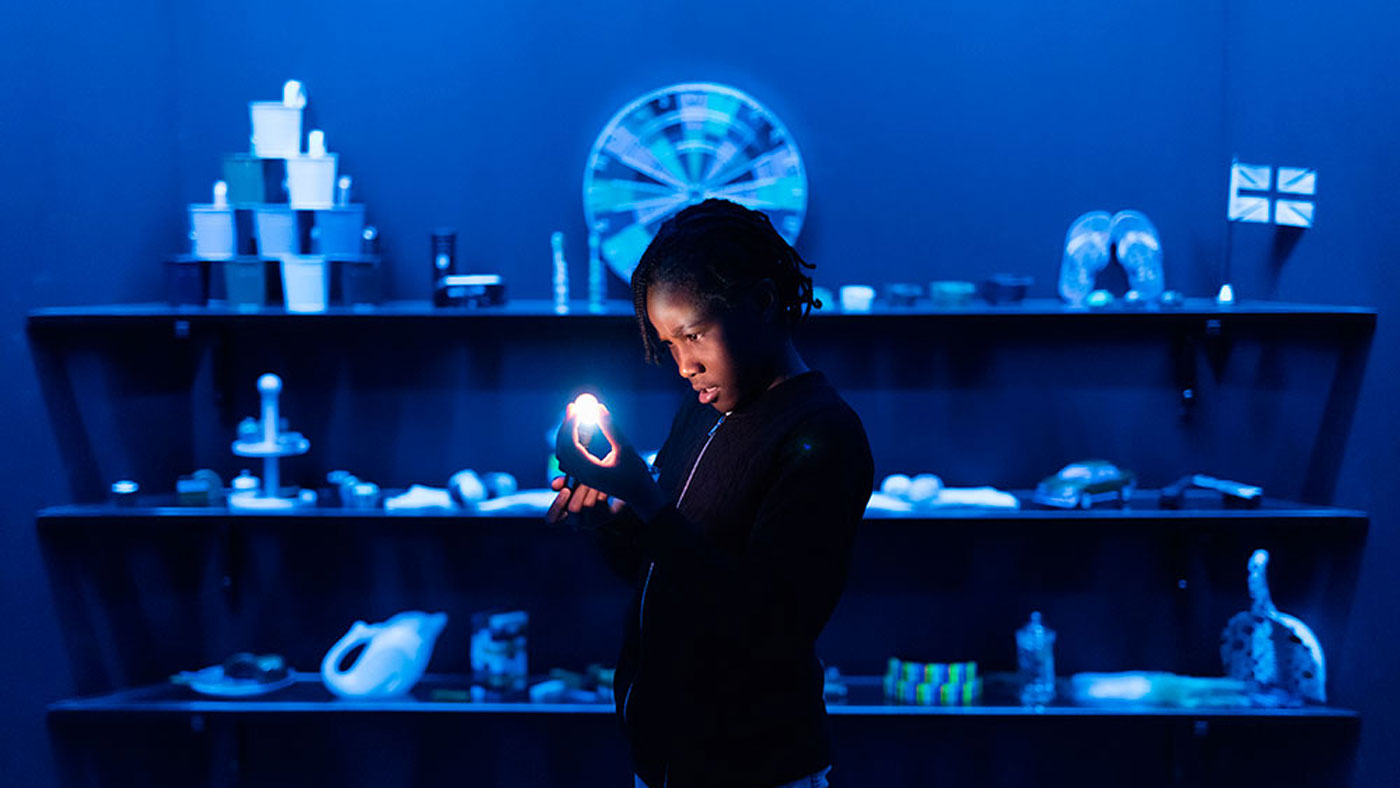
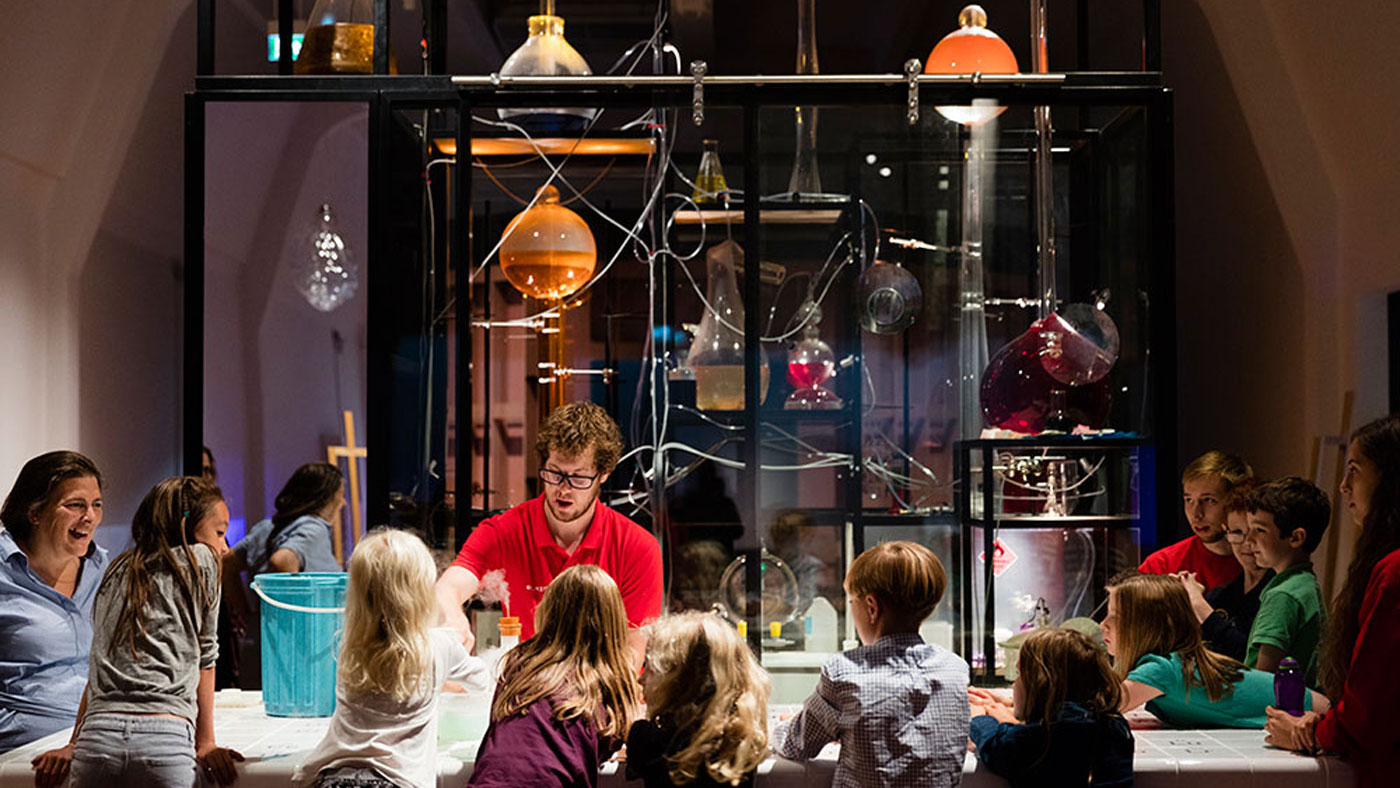
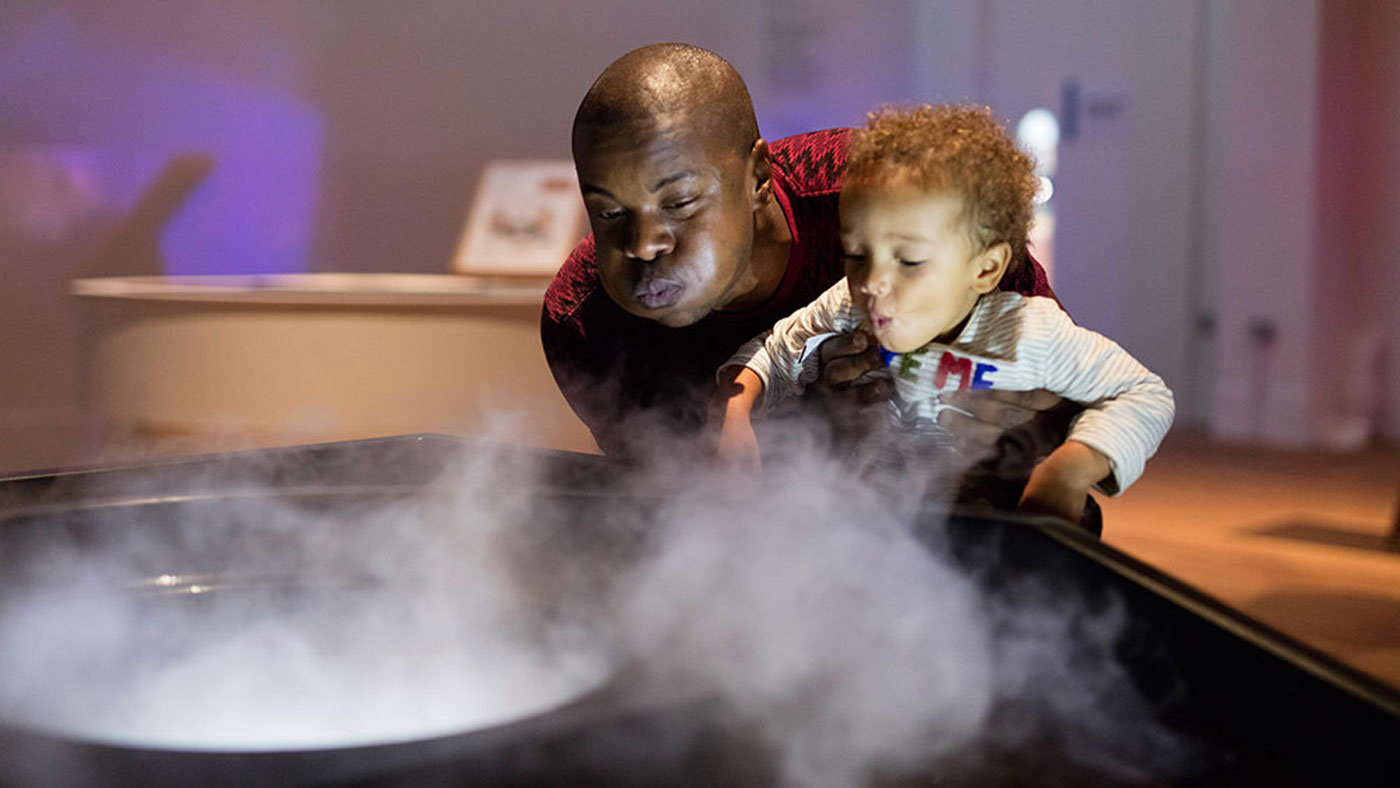
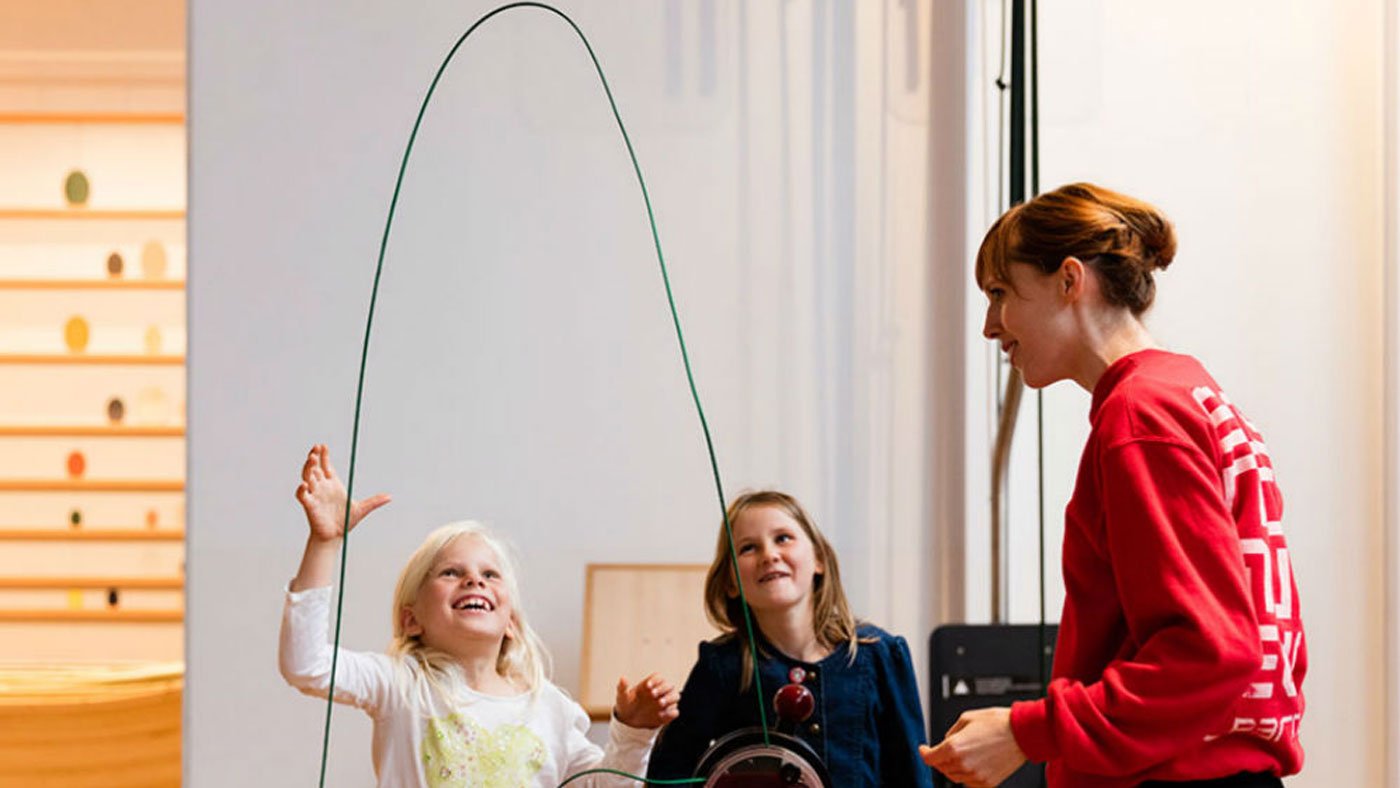
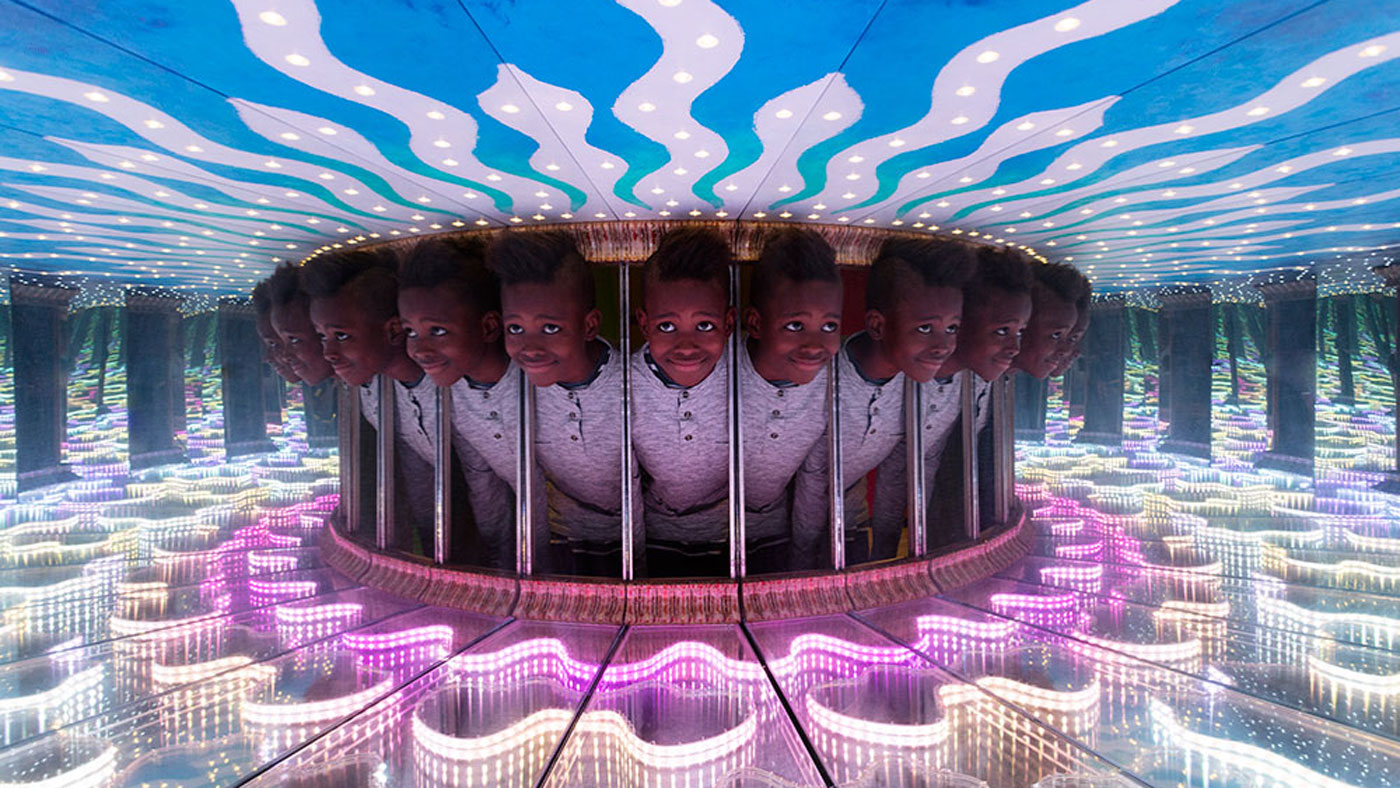
The Science Museum in London has opened an interactive gallery with an innovative design that seeks to change the way visitors look at science.
Designed by London-based architects Muf, Wonderlab is loosely themed around the idea of a playground, with giant slides and hands-on science games.
Among the 50 different exhibits within Wonderlab are an eight-metre high replica of the solar system, a 120-seat theatre and a Chemistry Bar, where museum staff will be "serving up" made-to-order chemical concoctions.
The Week
Escape your echo chamber. Get the facts behind the news, plus analysis from multiple perspectives.

Sign up for The Week's Free Newsletters
From our morning news briefing to a weekly Good News Newsletter, get the best of The Week delivered directly to your inbox.
From our morning news briefing to a weekly Good News Newsletter, get the best of The Week delivered directly to your inbox.
To create the space, the Muf team took over the 25,000 sq ft Statoil Gallery and stripped away the existing partitions to create an immersive open space.
Wonderlab is divided into seven zones based on scientific concepts, including Light, Sound and Forces, but Muf directors Katherine Clarke and Liza Fior stress that the team deliberately avoided constructing a set route for visitors to navigate.
Instead, they say the layout of the exhibition encourages visitors "to roam guided by what catches their eye, rather than a pre-determined route and narrative". The open-plan design is intended to not only stimulate the imagination, but also encourage people to "make connections between the different scientific phenomena" on show.
Creativity and innovation are the cornerstones of the way the new gallery is presented, with eye-catching features such as an oak tree trunk studded with magnets.
A free daily email with the biggest news stories of the day – and the best features from TheWeek.com
Each zone "is marked by an appropriate hanging object", Dezeen reports. "Sound features a brass instrument and Materials is marked by a blown-glass orb."
Wonderlab cost £6m to construct, and is the first of several planned special galleries. Future exhibits are set to be curated by other leading architecture firms, such as Zaha Hadid Architects and Wilkinson Eyre.
-
 Into the Woods: a ‘hypnotic’ production
Into the Woods: a ‘hypnotic’ productionThe Week Recommends Jordan Fein’s revival of the much-loved Stephen Sondheim musical is ‘sharp, propulsive and often very funny’
-
 ‘Let 2026 be a year of reckoning’
‘Let 2026 be a year of reckoning’Instant Opinion Opinion, comment and editorials of the day
-
 Why is Iran facing its biggest protests in years?
Why is Iran facing its biggest protests in years?TODAY’S BIG QUESTION Iranians are taking to the streets as a growing movement of civic unrest threatens a fragile stability
-
 Sport on TV guide: Christmas 2022 and New Year listings
Sport on TV guide: Christmas 2022 and New Year listingsSpeed Read Enjoy a feast of sporting action with football, darts, rugby union, racing, NFL and NBA
-
 House of the Dragon: what to expect from the Game of Thrones prequel
House of the Dragon: what to expect from the Game of Thrones prequelSpeed Read Ten-part series, set 200 years before GoT, will show the incestuous decline of Targaryen
-
 One in 20 young Americans identify as trans or non-binary
One in 20 young Americans identify as trans or non-binarySpeed Read New research suggests that 44% of US adults know someone who is transgender
-
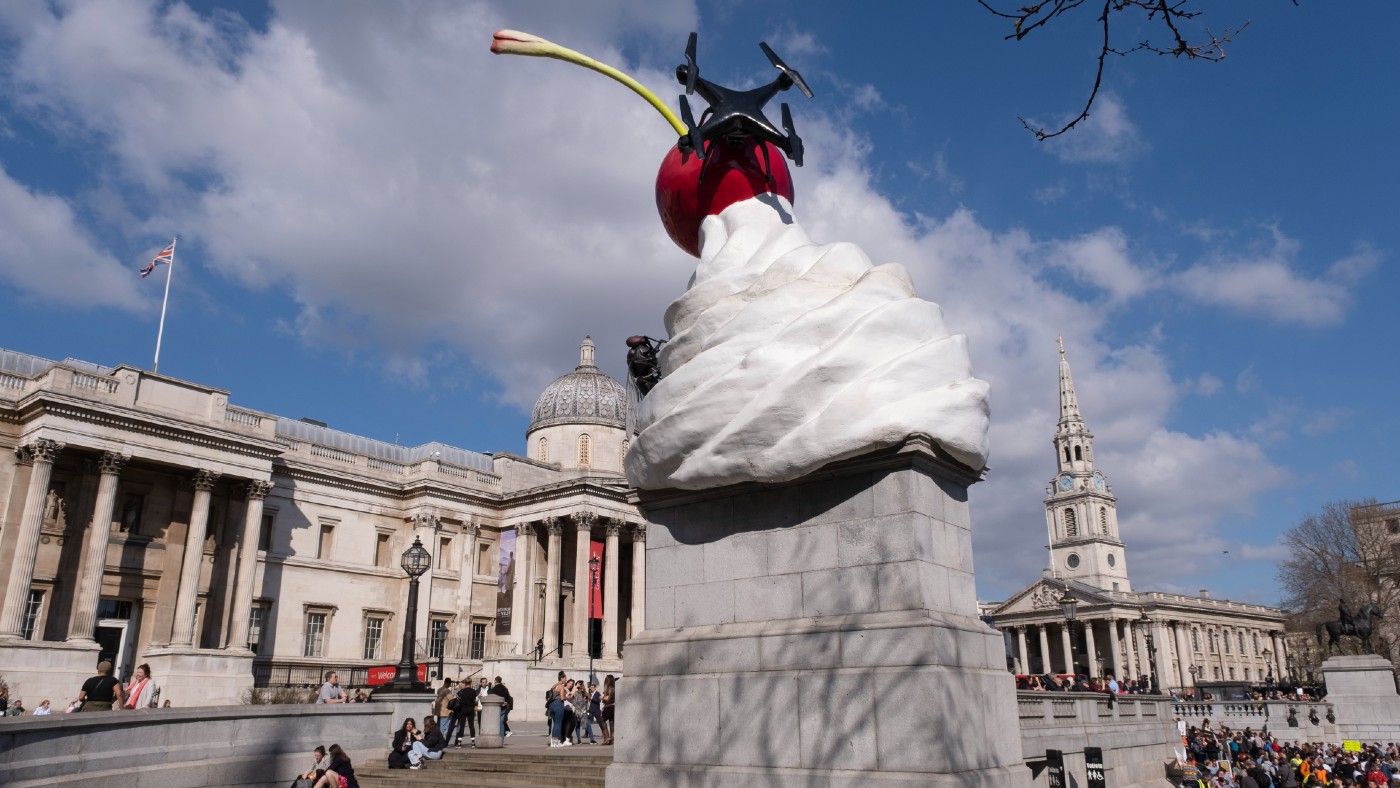 The Turner Prize 2022: a ‘vintage’ shortlist?
The Turner Prize 2022: a ‘vintage’ shortlist?Speed Read All four artists look towards ‘growth, revival and reinvention’ in their work
-
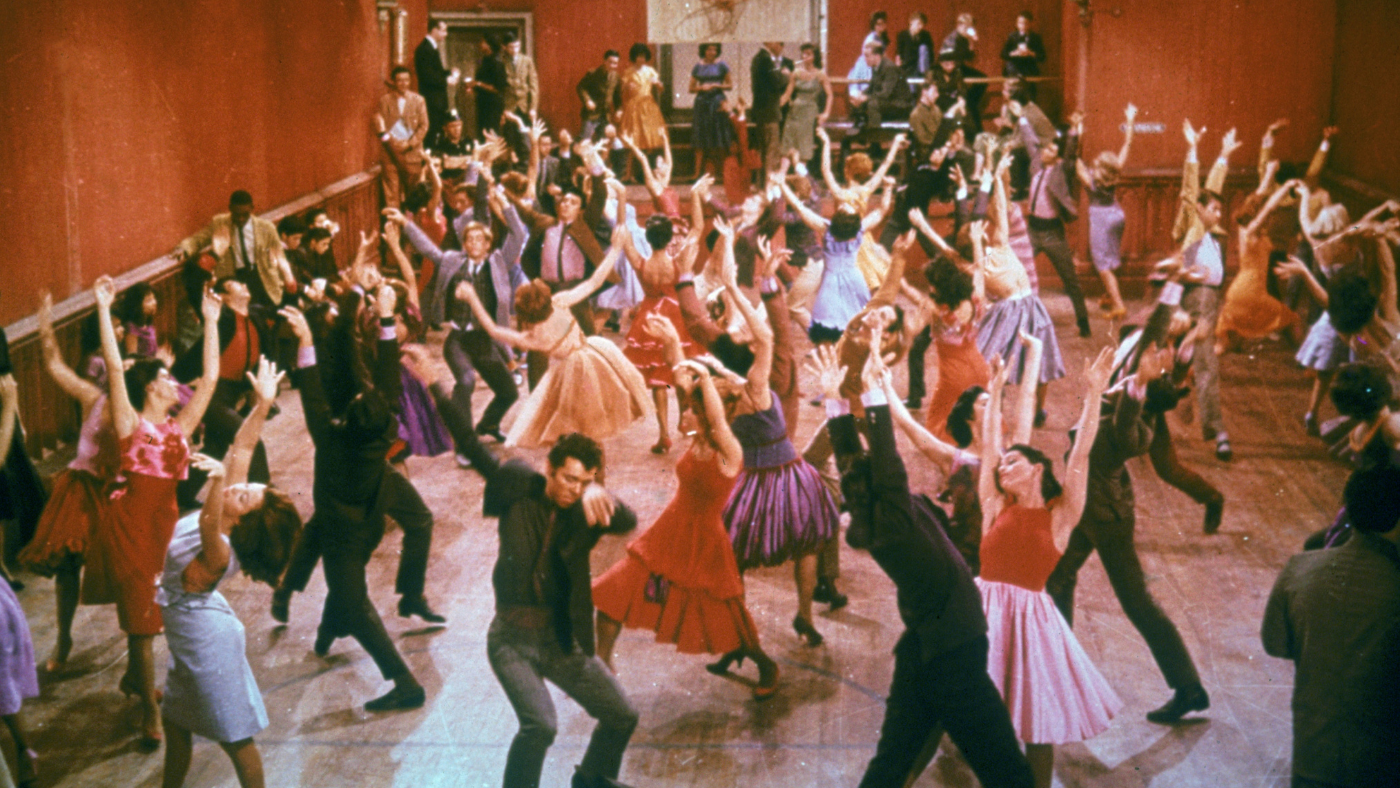 What’s on TV this Christmas? The best holiday television
What’s on TV this Christmas? The best holiday televisionSpeed Read From films and documentaries to musicals for all the family
-
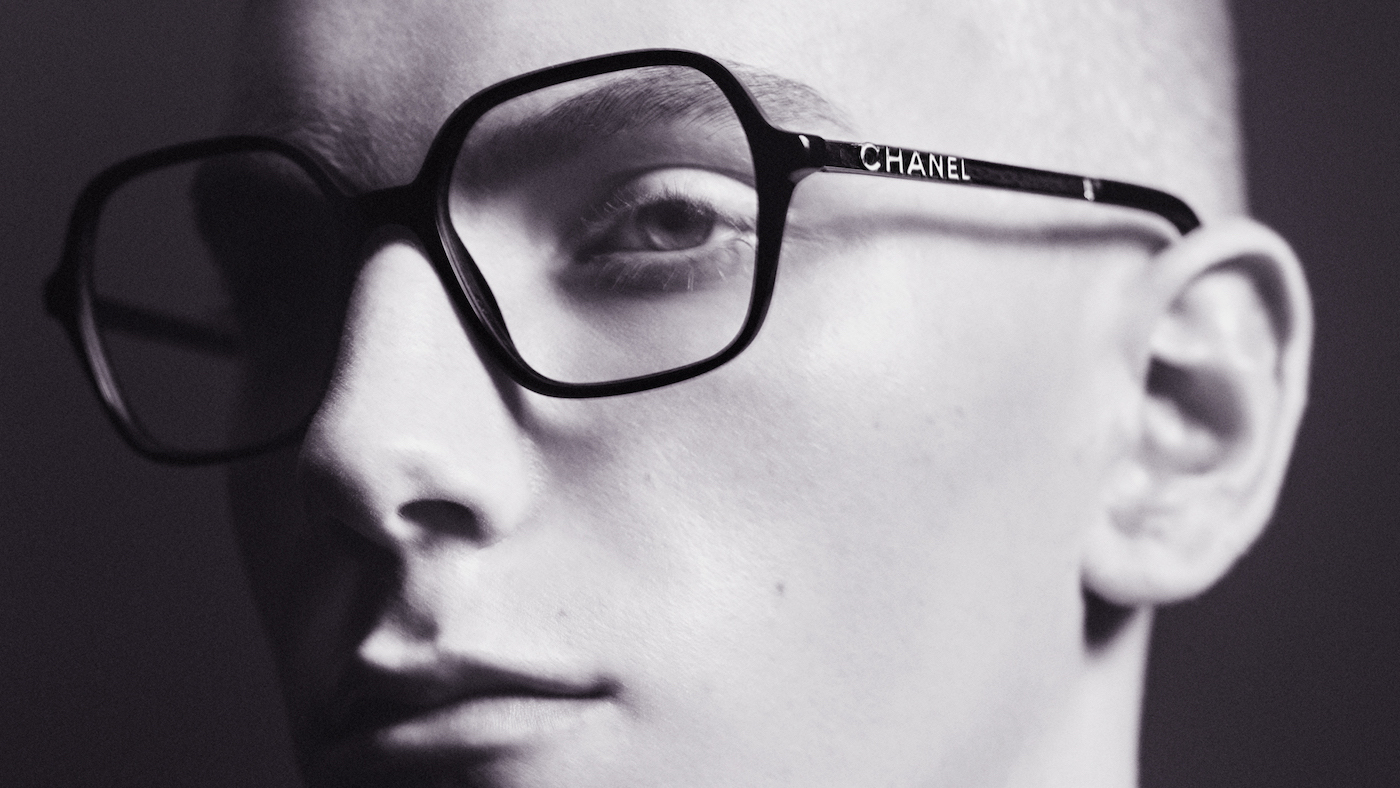 Coco vision: up close to Chanel opticals
Coco vision: up close to Chanel opticalsSpeed Read Parisian luxury house adds opticals to digital offering
-
 Abba returns: how the Swedish supergroup and their ‘Abba-tars’ are taking a chance on a reunion
Abba returns: how the Swedish supergroup and their ‘Abba-tars’ are taking a chance on a reunionSpeed Read From next May, digital avatars of the foursome will be performing concerts in east London
-
 ‘Turning down her smut setting’: how Nigella Lawson is cleaning up her recipes
‘Turning down her smut setting’: how Nigella Lawson is cleaning up her recipesSpeed Read Last week, the TV cook announced she was axing the word ‘slut’ from her recipe for Slut Red Raspberries in Chardonnay Jelly